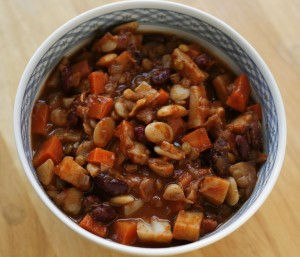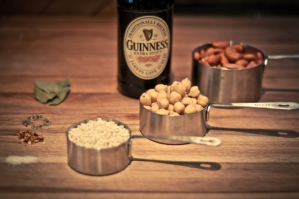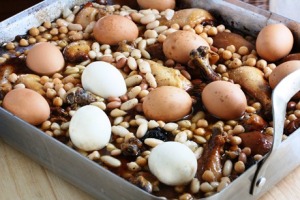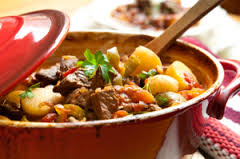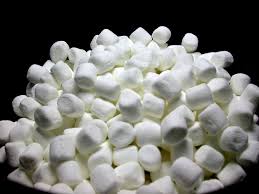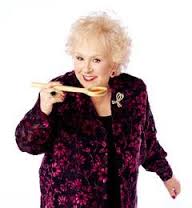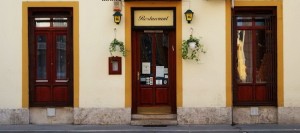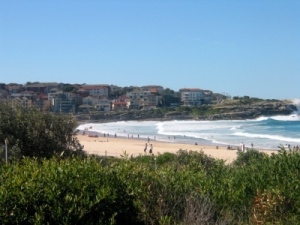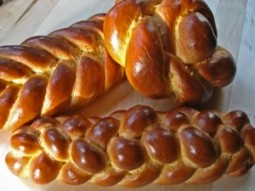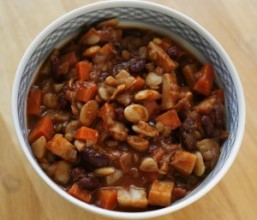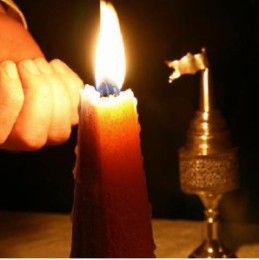Article courtesy of: http://www.buzztorah.com/
Cholent is easily one of my favorite parts of Shabbat. Especially during the cold winter months, I wake up Shabbat morning and the whole house smells of the warm, comforting stew. I can scarcely wait until lunch to have my fill. Maybe that’s why in many yeshivot people eat chulent Friday night. They just can’t wait till lunch. (My cousins actually eat chulent for breakfast, but that’s another story). Whether you call it chulent, cholent, or hamin, this hearty dish will no doubt warm up your heart and delight your taste buds. Here’s some interesting facts about cholent:
1. It’s a argument where the word originates from. Some claim that it derives from Old French, “chald” meaning hot and “lent” meaning slow. Combining the two created cholent. A more popular myth claims that the word cholent comes from “shul-end,” when cholent was traditionally served.
2. Jews all around the world eat cholent, with the basic ingredients being potatoes, beans, barley, and a fatty piece of meat. Some people even put beer inside for some extra flavor.
3. Sefardim include chickpeas and eggs in their cholent and often use honey or harissa to flavor the dish.
4. The Italian variety includes chicken meatballs, swiss chard, and sage.
5. In the United States, many add hot dogs and even Coca- Cola to the chulent to add a special flavor. At Yeshiva University’s annual cholent competition, creative chefs add anything from pastrami to pineapples, marshmallows, and canned pumpkin to wow the judges.
6. Everyone knows that the longer cholent cooks, the better it gets. While lazy [read: harried] cooks tend to put up their cholents just before Shabbat, the more dedicated let it cook from Thursday night or even earlier.
7. Cholent is having its moment of fame in non- kosher restaurants. Some use pig knuckle and spareribs for a decidedly non-kosher dish. Fulemule in Budapest offers six kinds of chulent, including one with foie gras and sautéed onions.
However you make it, cholent will be a tasty addition to your Shabbat meal and will make Shabbat come alive!
Article courtesy of: http://www.buzztorah.com/

